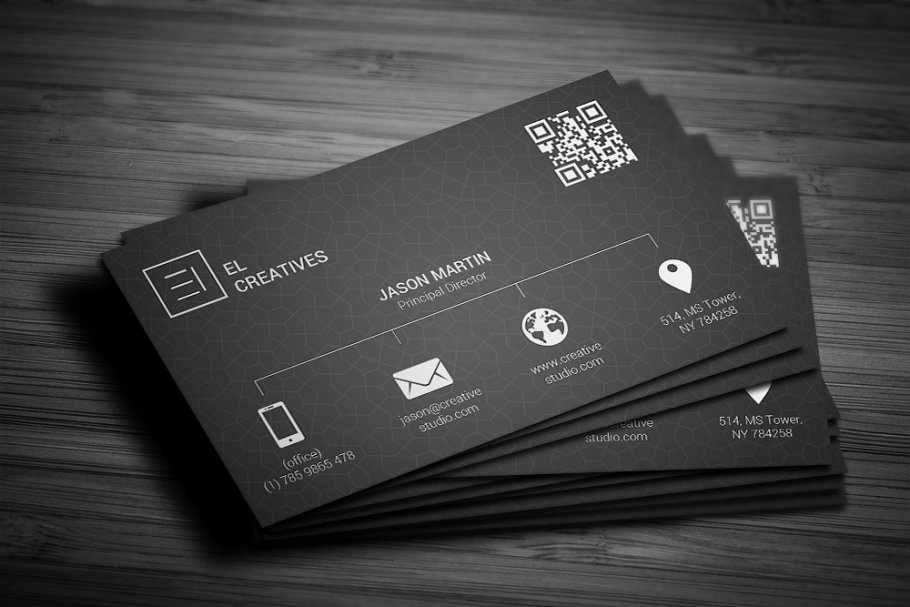

In this case, you should not upload an image larger than 800×800 pixels because it increases the file size. Similarly, the image dimension doesn’t have to be larger than the dimension as used on the web page.įor example, the ideal dimension for product images in WooCommerce stores is 800×800 pixels. You don’t get any benefit by increasing the resolution beyond 72 PPI but it will increase the file size. The image dimension and resolution are two related factors that affect the file size.įor the web, 72 pixels per inch (PPI, also called DPI) is the ideal resolution. Choosing appropriate image dimension and resolution This format is ideal for simple shapes and patterns. So, you can increase the width or height to infinity if you want without losing any quality. So, if you want animated images, GIF is your choice. So, this format is not generally used for normal uses. GIF is the least efficient when it comes to reducing the file size. If the image has a limited number of colors like in a logo, the PNG format is more efficient than JPEG for reducing the file size.

So, this is ideal for shapes, logos, and similar images for which you want to preserve the transparency. However, it helps you to have transparent parts in images. PNG is ‘generally’ less efficient than JPEG when it comes to reducing the file size of an image, especially for photographic images. On eCommerce websites, you would mostly be using photographic images for the products and JPEG is the best file format for them. JPEG format helps you to reduce the file size significantly without compromising the visual quality. If you want to use the WebP format on your website, you will need to consult with a web developer with strong experience in performance optimization to setup this. So, unless you can automatically serve JPEG or PNG versions of the image on browsers that do not support WebP, you shouldn’t use it. WebP is a very efficient image format but it is not supported by all browsers. There are 5 most commonly used image formats on the web: JPEG, PNG, GIF, WebP, and SVG. Choosing appropriate image resolution and dimension to prevent scalingĬhoosing an appropriate image format is the first thing you need to do when you are optimizing an image.The entire process can be divided into three stages: Image optimization is an art and it is all about finding the perfect balance between the lowest file size and acceptable visual quality. One of the easiest and important ways to reduce the total file size of the web page is by reducing the file size of each image on the web page.By reducing the size of the web page, you can increase page loading speed and improve user experience.As the size of the web page increases, the page takes a longer time to load.As you add more images, it increases the total size of a web page.In image-rich websites like online stores, images constitute a huge chunk of the total file size of the web page.It is also about ensuring search engines can understand what the image is about the images that appear in the search results for relevant queries in the search engines. The goal is to reduce the overall size of a web page.

Image optimization is about reducing the file size of images without compromising the visual quality.


 0 kommentar(er)
0 kommentar(er)
